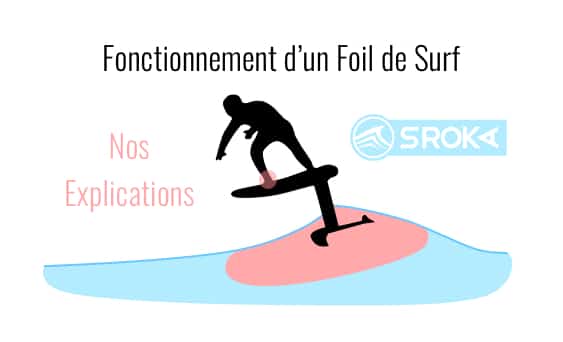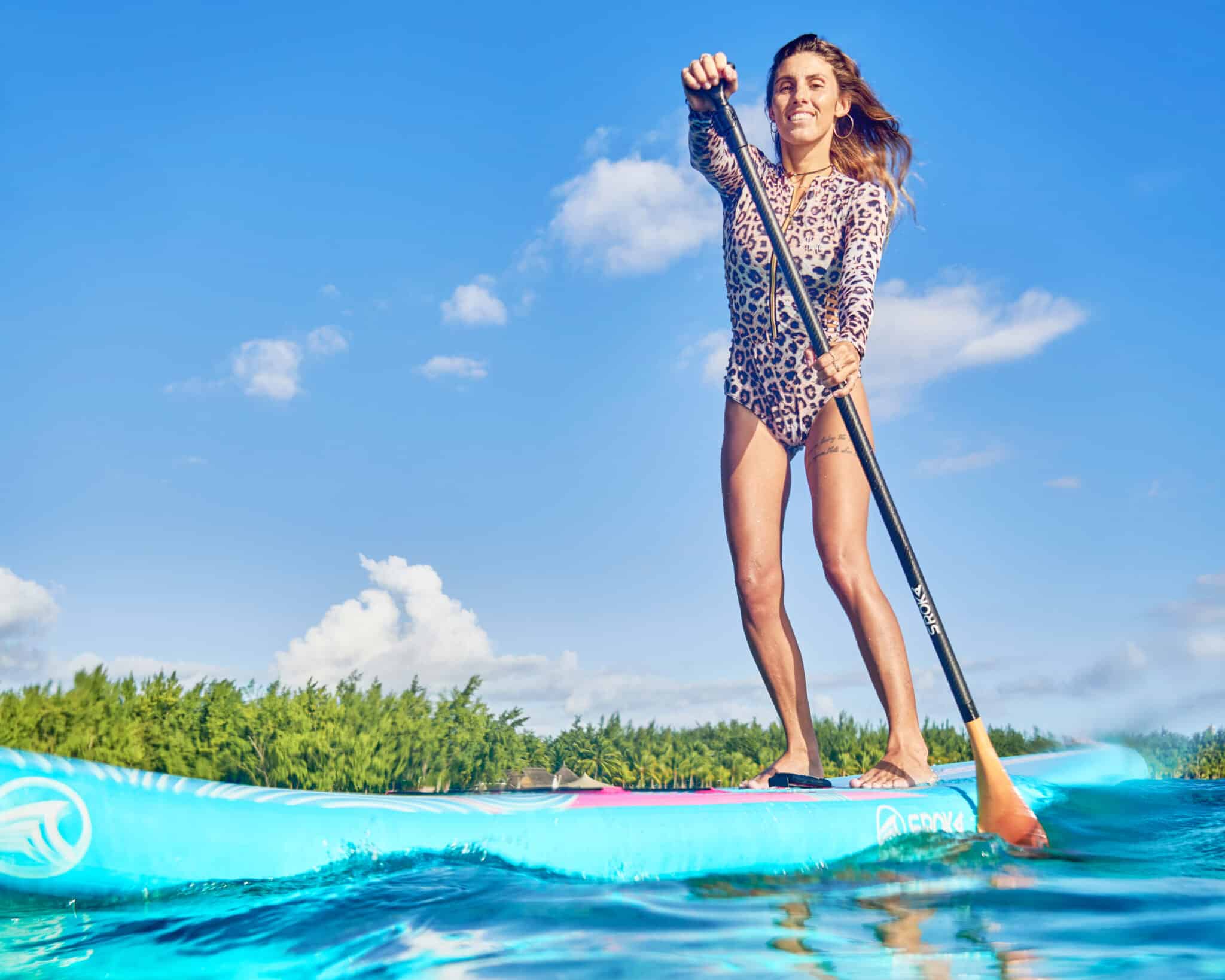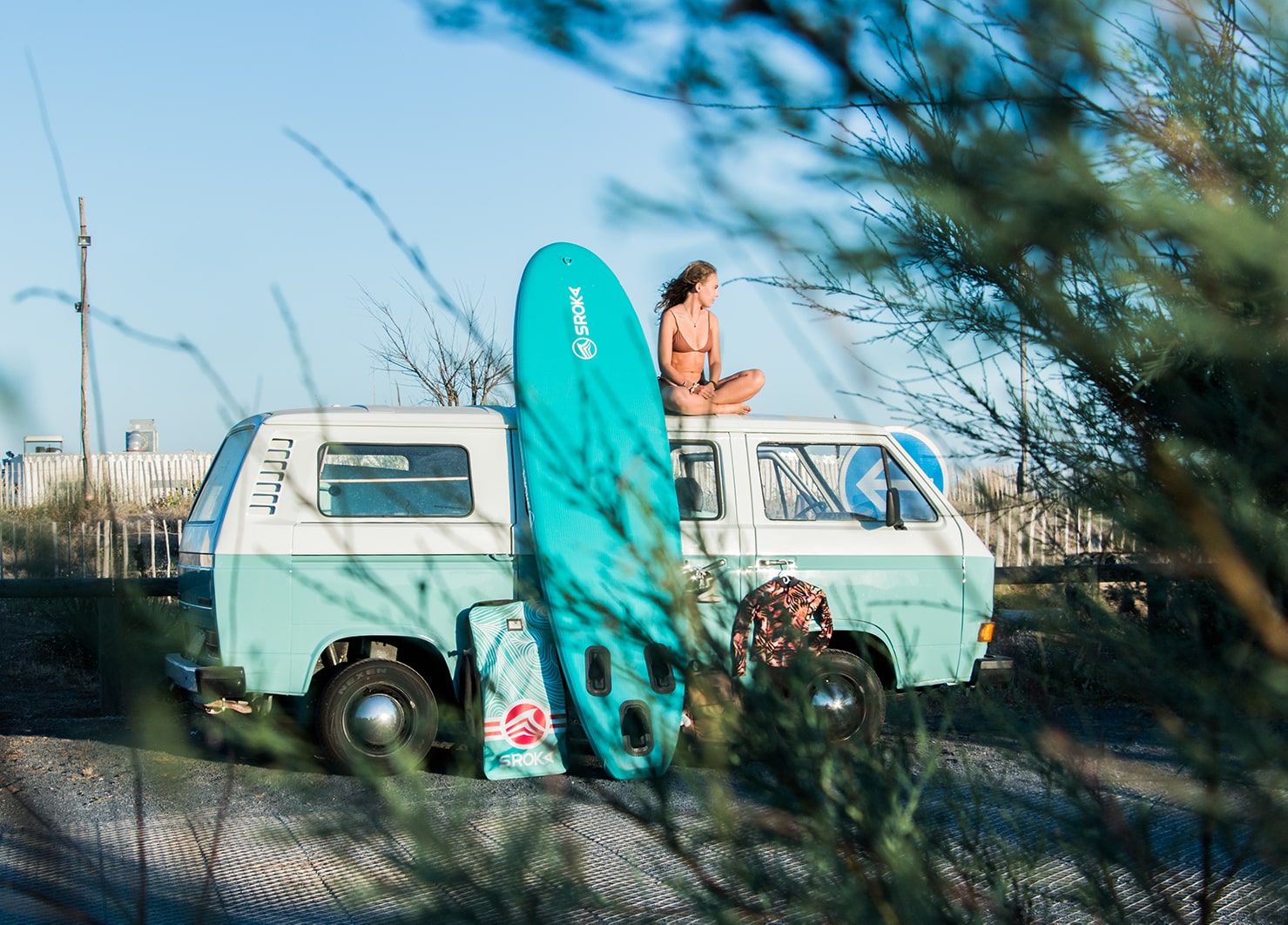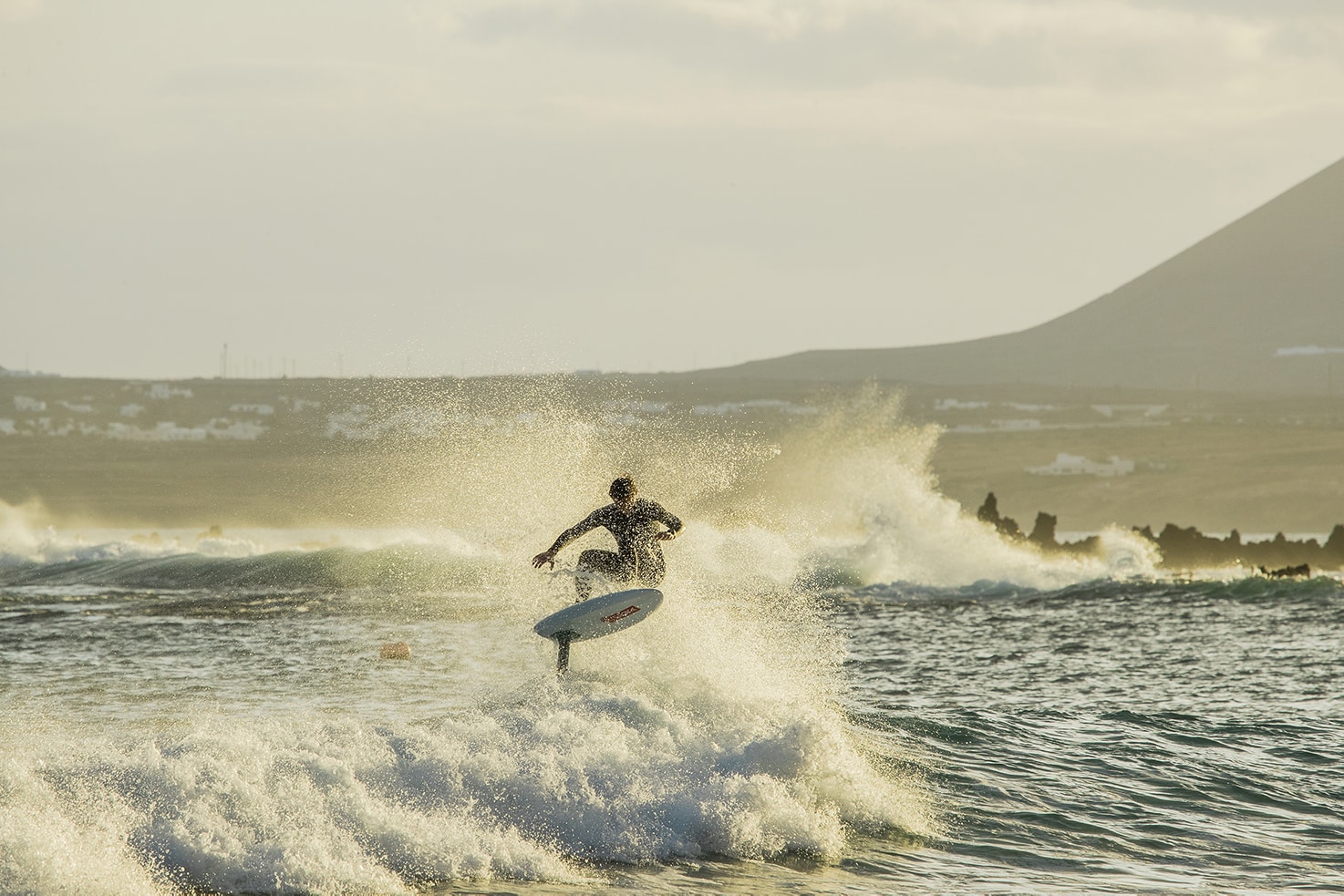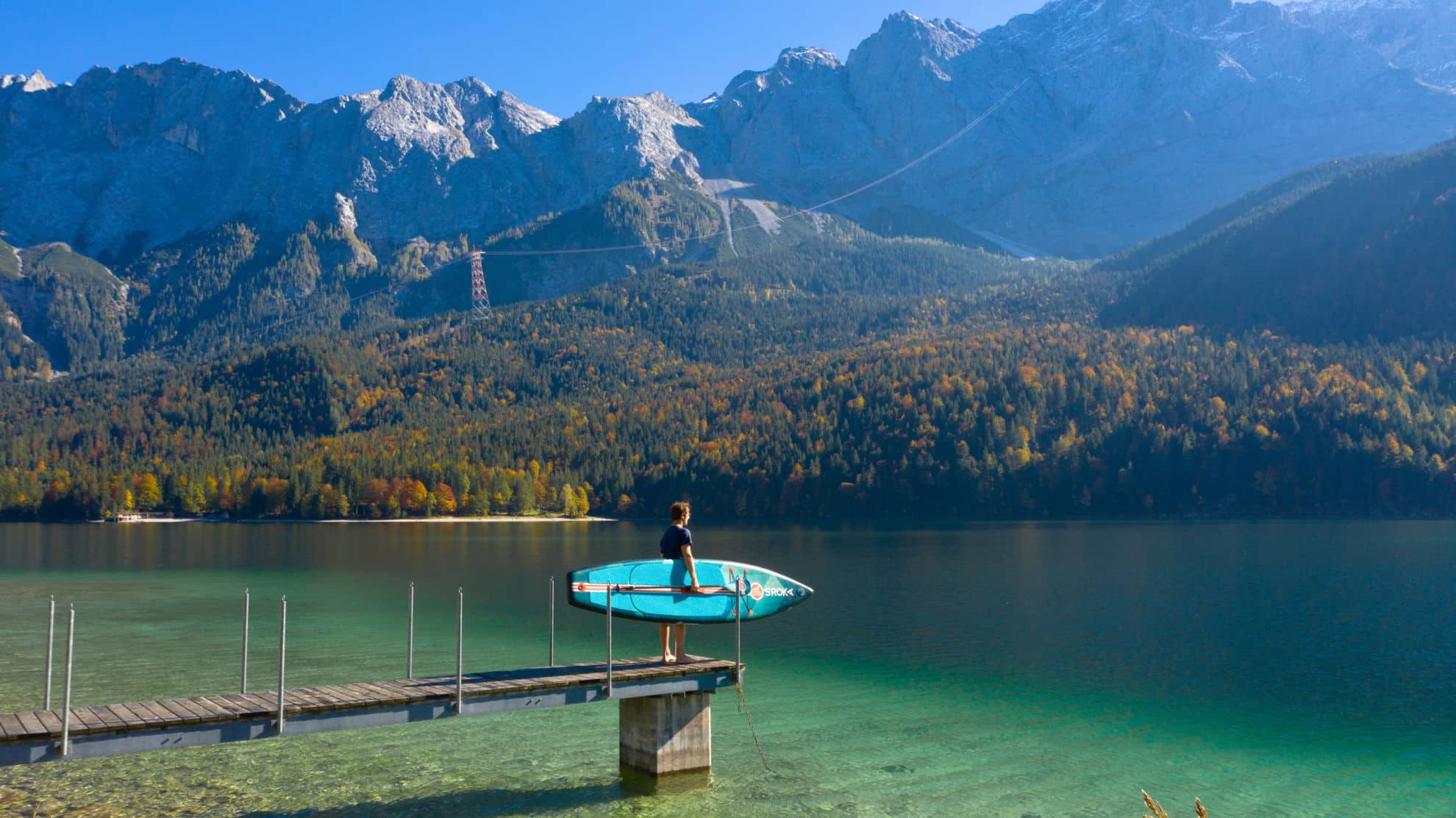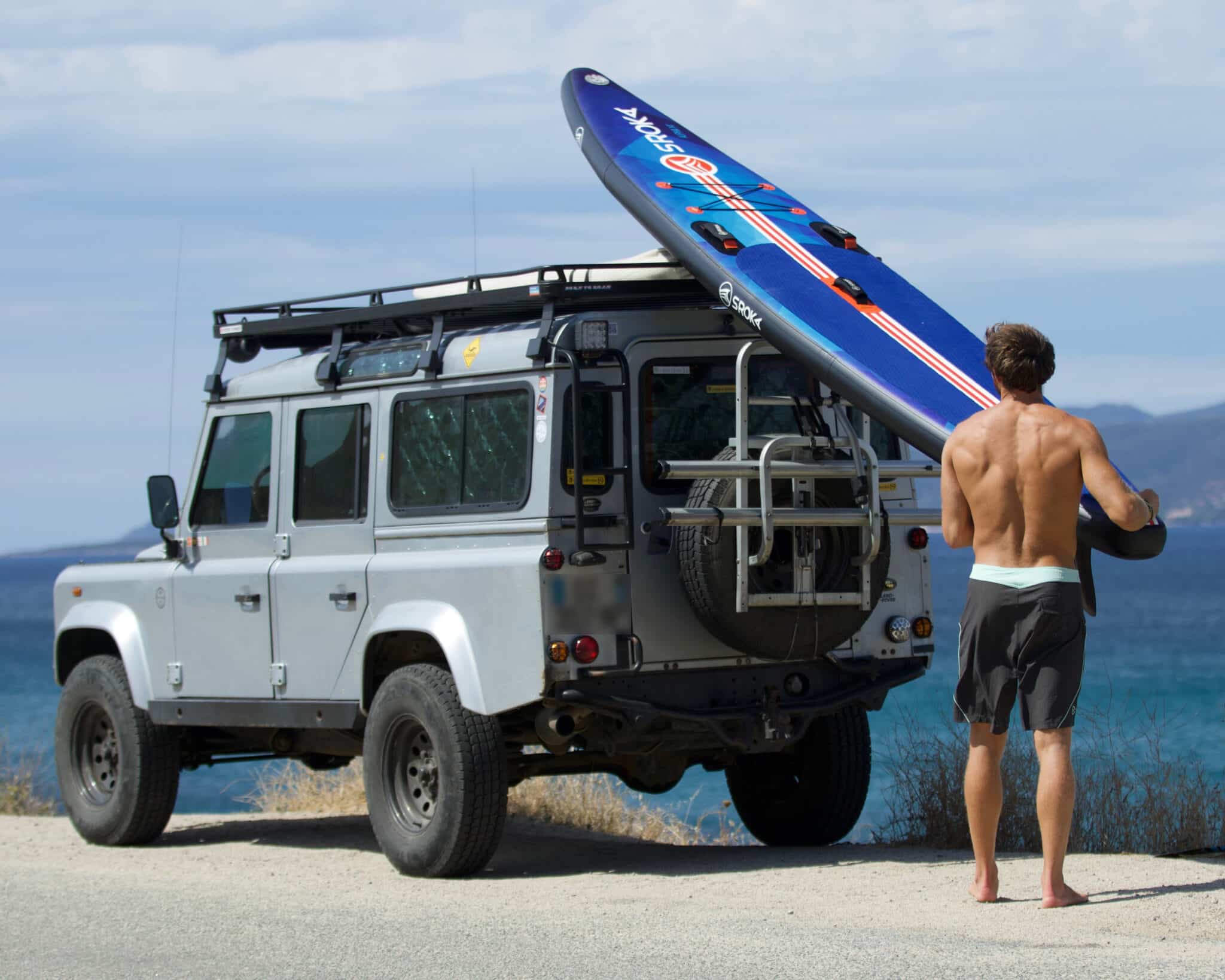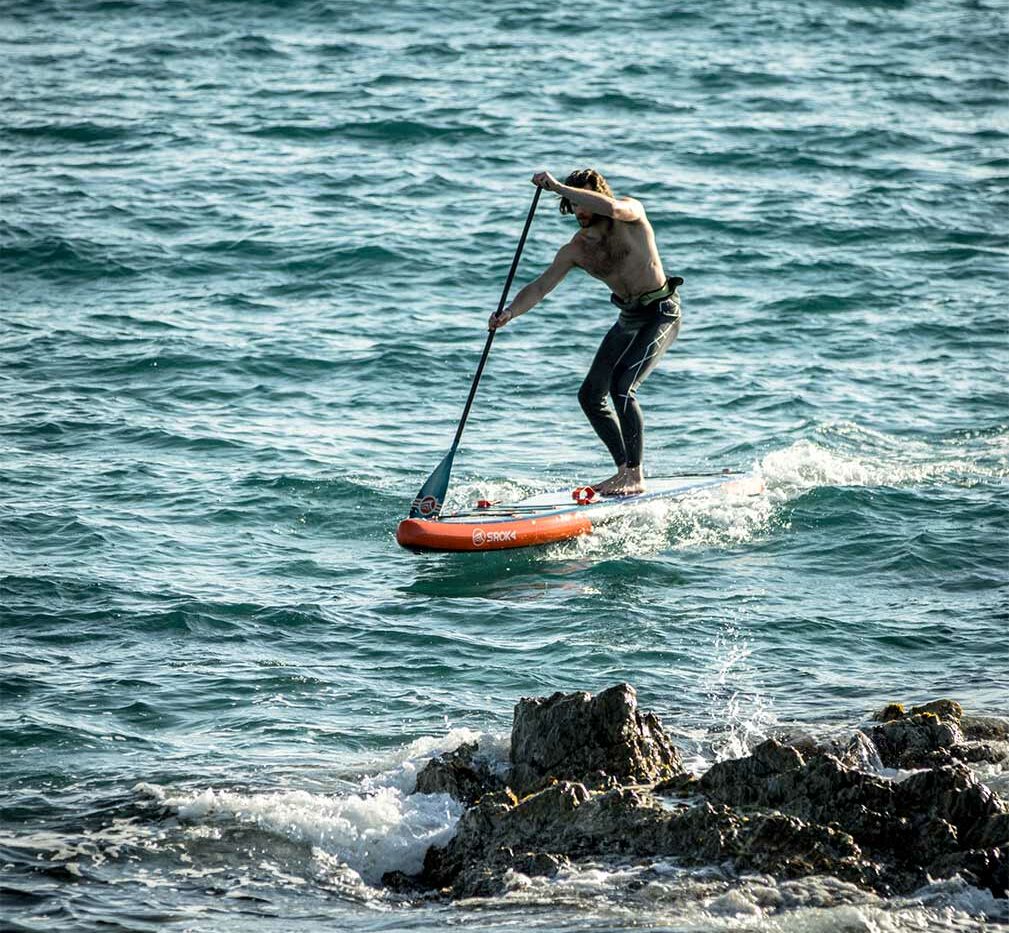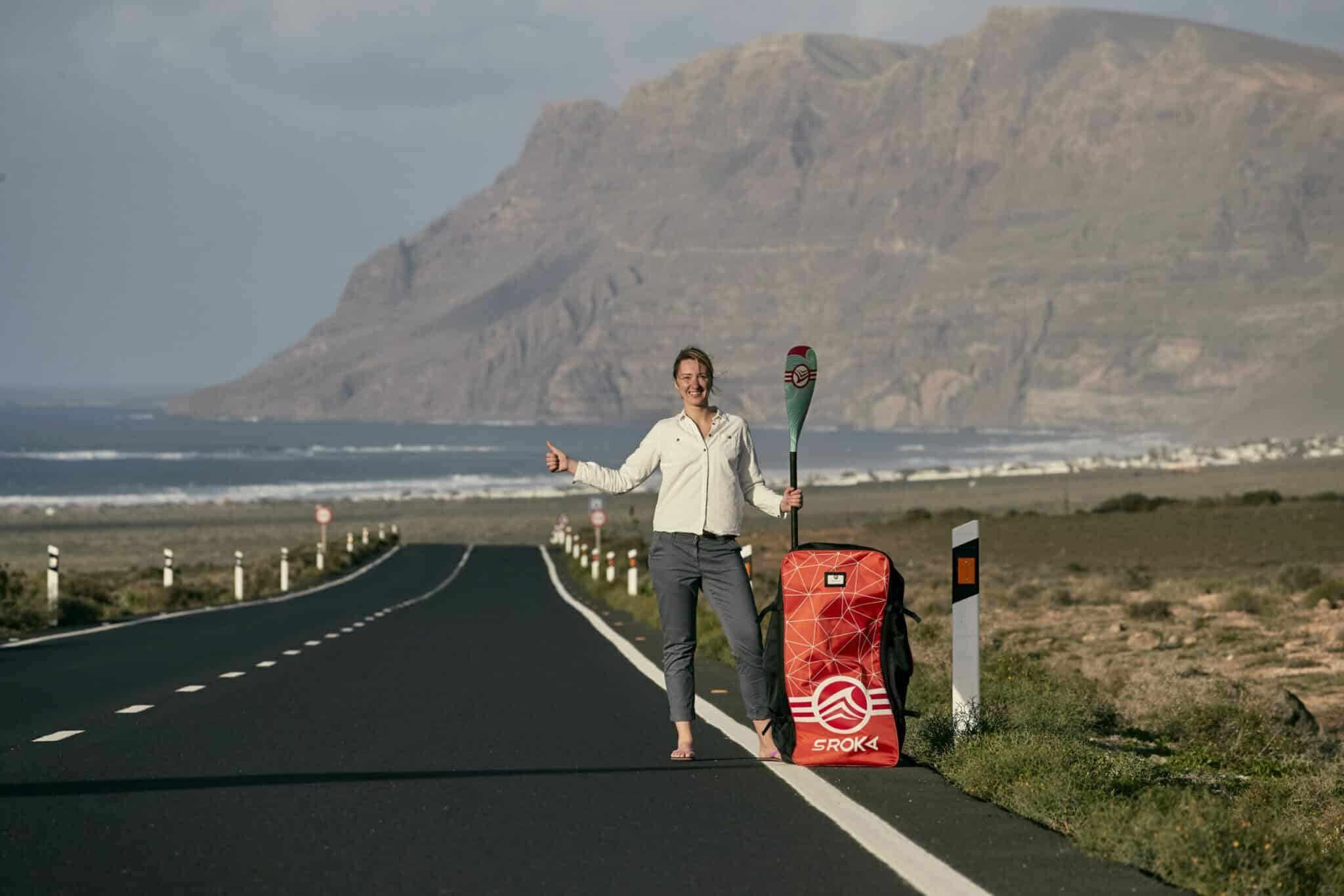 LE MAGAZINE
LE MAGAZINEWhat’s the right tide for paddleboarding?

What’s the right tide for paddleboarding?
Paddleboarding is an increasingly popular water sports activity, which involves paddling upright on a board. To get the most out of this activity, choosing the right tide can help! Tides have a significant influence on sailing conditions, wave heights and currents. In this article, we’ll explore the different types of tides and their characteristics for paddleboarding. We’ll also look at how to choose the right tide for your level and paddling goals, as well as the importance of consulting tide and weather forecasts. By choosing the right tide, you’ll be able to enjoy your paddling experience to the full and sail in complete safety.
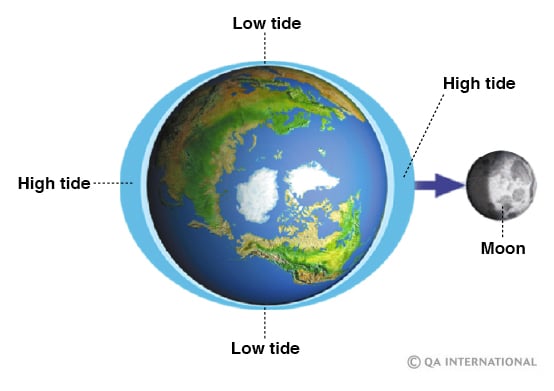
Understanding the tidal phenomenon
As paddle enthusiasts, we know that the tide can make the difference between a successful paddling session and a disappointing experience. At Sroka, we’re determined to help you maximize your paddling experience by understanding the characteristics of different tides. Here’s an overview of what each type of tide has to offer for paddling:
Good to know: Tides are caused by the gravitational interaction between the Earth, Moon and Sun. High and low tides occur twice a day. Rising and falling tides occur twice per tidal cycle. A tidal cycle lasts approximately 12 hours and 25 minutes.
- High tide occurs when the Moon’s gravity pulls water towards it, creating an increase in sea height. This can create ideal conditions for paddling, as the water is deeper and waves can be more powerful. However, strong currents can make navigation more difficult, which can be dangerous for beginners.
- Conversely, low tide occurs when the lunar and solar pull on the ocean is at a minimum. Although the waves are gentler and easier to ride, the shallowness of the water can make it difficult to launch the board, often requiring a bit of walking to reach the water.
It’s also important to note that tides can be influenced by other factors such as winds, atmospheric pressure and water temperature, which can create variations in sailing conditions. It is therefore advisable to check tide and weather forecasts before planning your next paddle session.
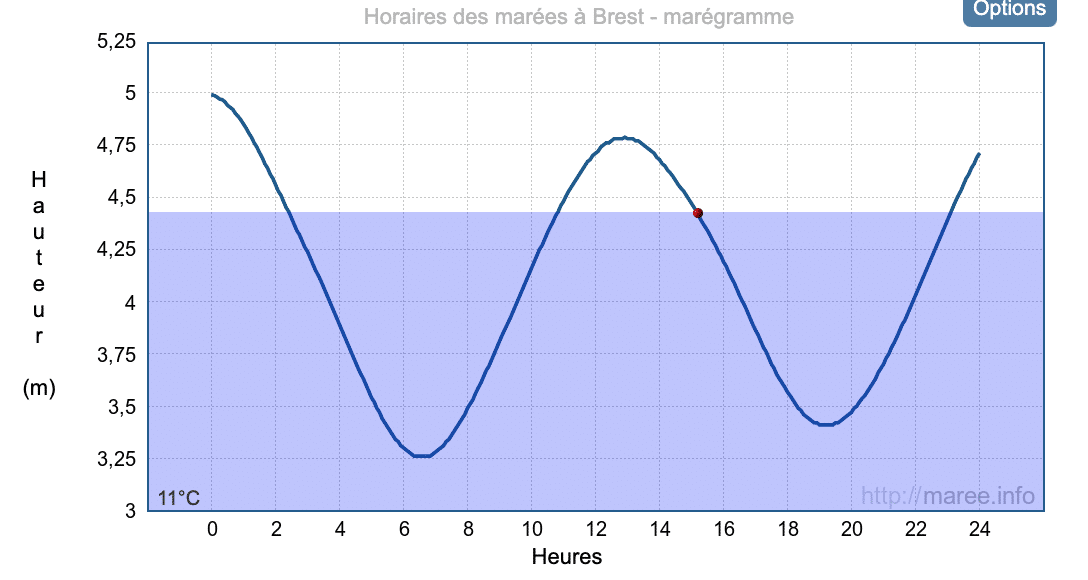
Differences between tides
When paddling, it’s essential to take the tides into account for an optimal gliding experience. Not all tides are the same, and their intensity depends on the position of the moon and sun.
The top of the wave corresponds to high tide, and vice versa. Tide times can be read from the graduated horizontal axis below the curve. The red dot is used to locate the tide in real time.
There are three types of tide: low tides, with a coefficient of 30 to 60; medium tides, with a coefficient of 61 to 85; and high tides, with a coefficient of 86 to 120. The quantity of water displaced by a low-coefficient tide is not the same as that of a high-coefficient tide.
The regions most sensitive to tides are Normandy and Brittany, where their influence is very strong, while the further south you go in France, the less important they are.
For paddleboarders, it’s important to know that the influence of the tides is most keenly felt in an estuary or at the outlet of a river, or in roadsteads such as the one in Brest (Brittany). If you’re going to paddle near the goulet in Brest, where the opposite bank of the harbor is closest, the concentration of current is at its highest, especially at high tidal coefficients.

The influence of the tides on the water surface
Tides influence wave conditions by modifying water depth and seabed relief. Depending on the tide, waves can be more or less hollow, more or less powerful, faster or slower, or more or less breaking. The influence of the tides on the waves also depends on the surf or paddle spot.
For example, at low tide, waves can be deeper and more powerful, as they encounter less resistance from the seabed. But they can also be more dangerous, as they can break on outcropping rocks or reefs. At high tide, waves can be softer and slower, as they are cushioned by the depth of the water. But they can also be easier to surf, as they offer a wider, more regular surface.
There isn’t always a general rule for choosing the best tide for surfing or paddleboarding. You need to know the local conditions of the spot, taking into account wind, current, swell and tidal range. You also need to respect bathing and surfing areas, and make sure you have the right equipment.
Paddle surfing, paddle ballade, paddle yoga: choosing the right tide
Paddling, or stand-up paddling, is a water sports activity that can be practiced in many different ways. Among the most popular are paddle surf, paddle balade and paddle yoga. Each of these practices requires a specific tide for a quality experience. If you’re wondering which paddle to choose according to your level or size, read our dedicated article.
- The paddle surf is surfing the waves with a board and a paddle. To practice paddle surf, you need to choose the tide according to the spot you want to surf, as waves are not the same at high tide or low tide. You also need to pay attention to the wind and swell, which influence wave formation and power. You must respect swimming and surfing areas, and we recommend that you find out about local conditions from local paddleboarders before setting out. Avoid big waves, as an inflatable paddle is not suitable for such conditions.
- Paddleboarding is a more leisurely activity, involving sailing on calm waters such as lakes, rivers and bays. For paddleboarding, it’s best to choose a low tide. In general, this makes for calmer waters and easier navigation. Low tides also reduce the risk of strong currents, which can be dangerous for paddleboarding.
- Paddle yoga is the practice of doing yoga on a paddle board. For this activity, you need to choose a calm stretch of water, with no wind or waves. You can practice on an inflatable or rigid paddle. The tide doesn’t matter, as long as the water is stable and comfortable. You should also avoid areas that are too busy or too exposed to the wind.
Please note that each beach and location has its own specific tidal conditions. So it’s crucial to consult the tide forecast and weather conditions to determine the tide best suited to your level and paddling goals. Strong winds and large swells can make conditions difficult for even the most experienced paddlers.
At Sroka, we’re passionate about paddling and committed to helping paddlers of all levels enjoy every session safely. Don’t hesitate to contact us for advice on our boards and equipment!
We know that choosing the right tide is essential to ensure a safe and successful paddling experience. We’ve also highlighted the characteristics of tides for paddling and given advice on how to choose the right tide for your level and goals.
Paddleboarding is an exciting activity that can be enjoyed by everyone, from beginners to experts. However, it does require a certain knowledge of tidal and weather conditions to ensure a safe and enjoyable paddling experience.
We encourage all paddlers to take the time to choose the right tide for their level, and to check the weather conditions before each paddling session. At Sroka, we pride ourselves on providing the most reliable, high-quality paddling equipment to help paddlers of all levels achieve their goals and enjoy an unforgettable experience on the water.
 Le Magazine
Le Magazine



